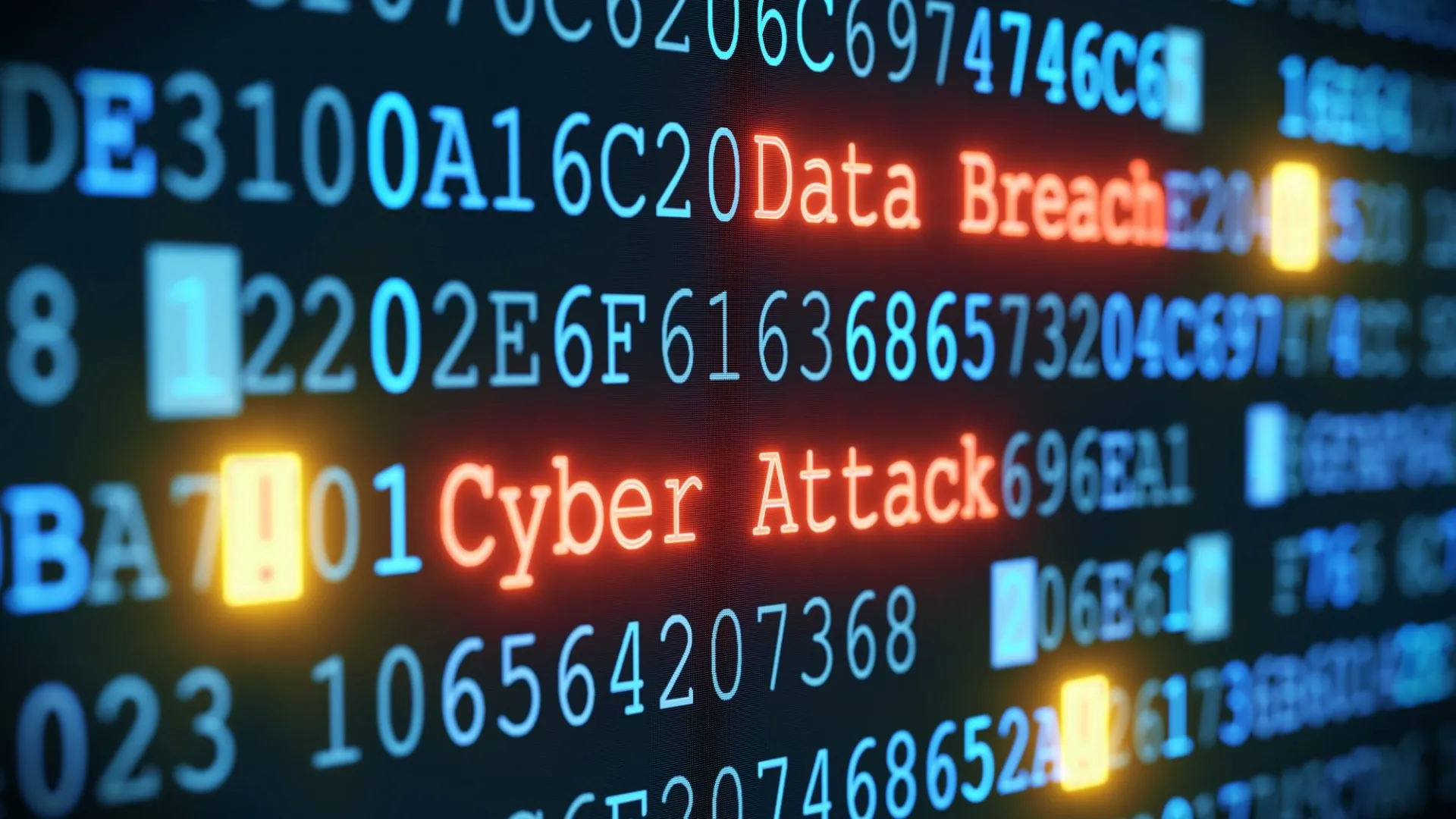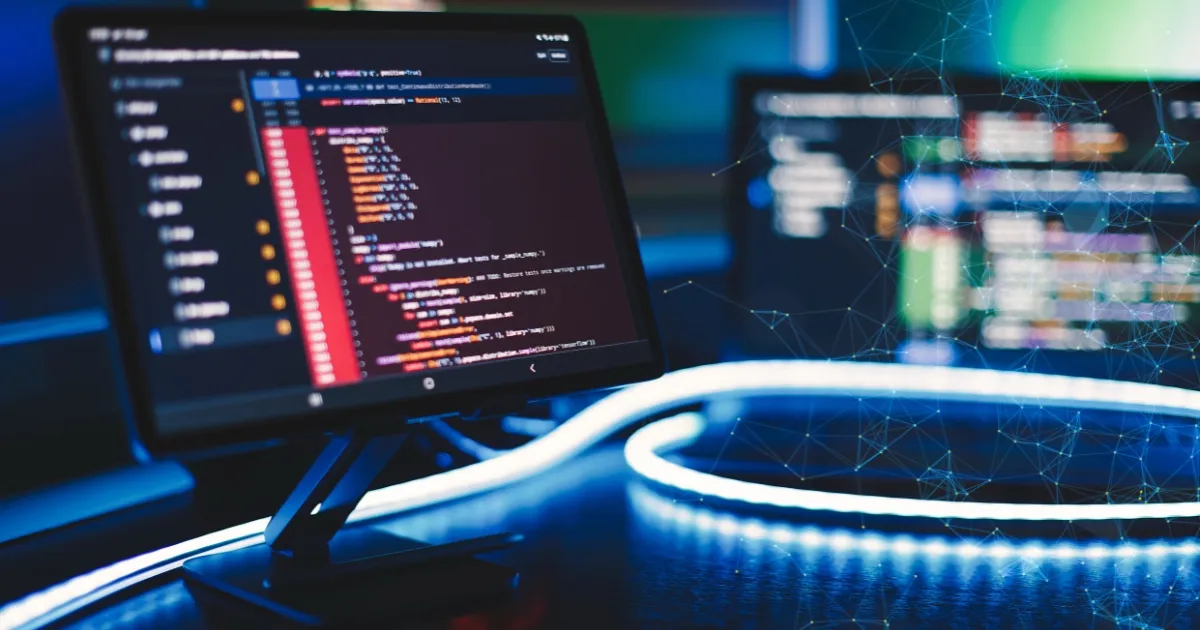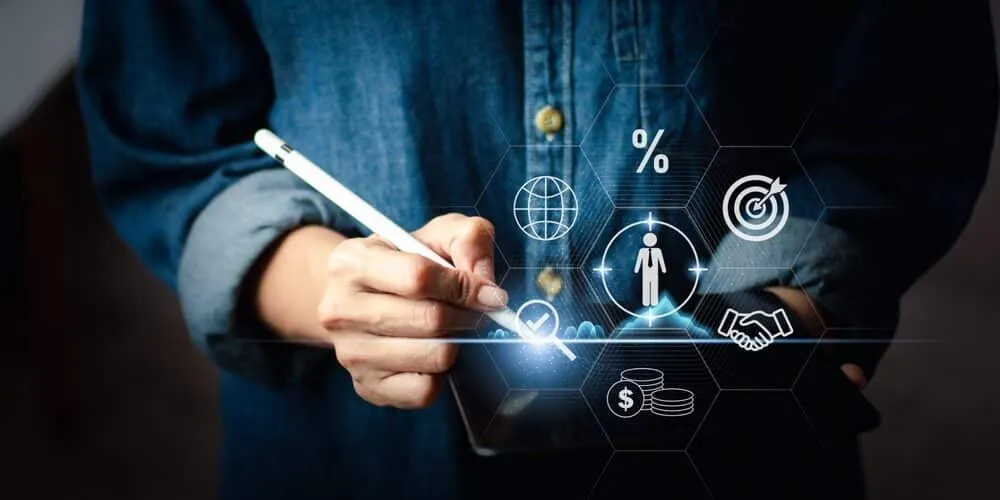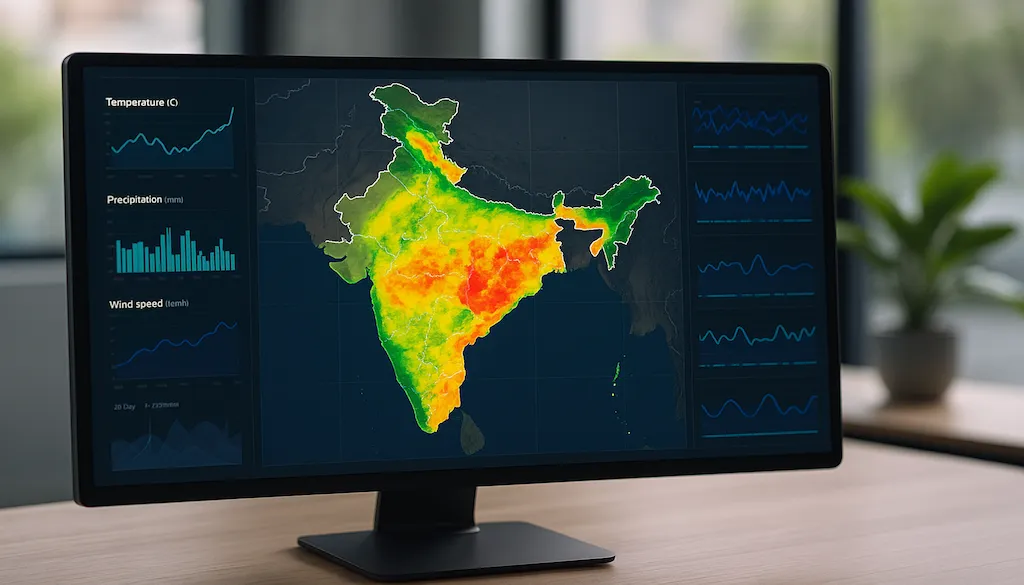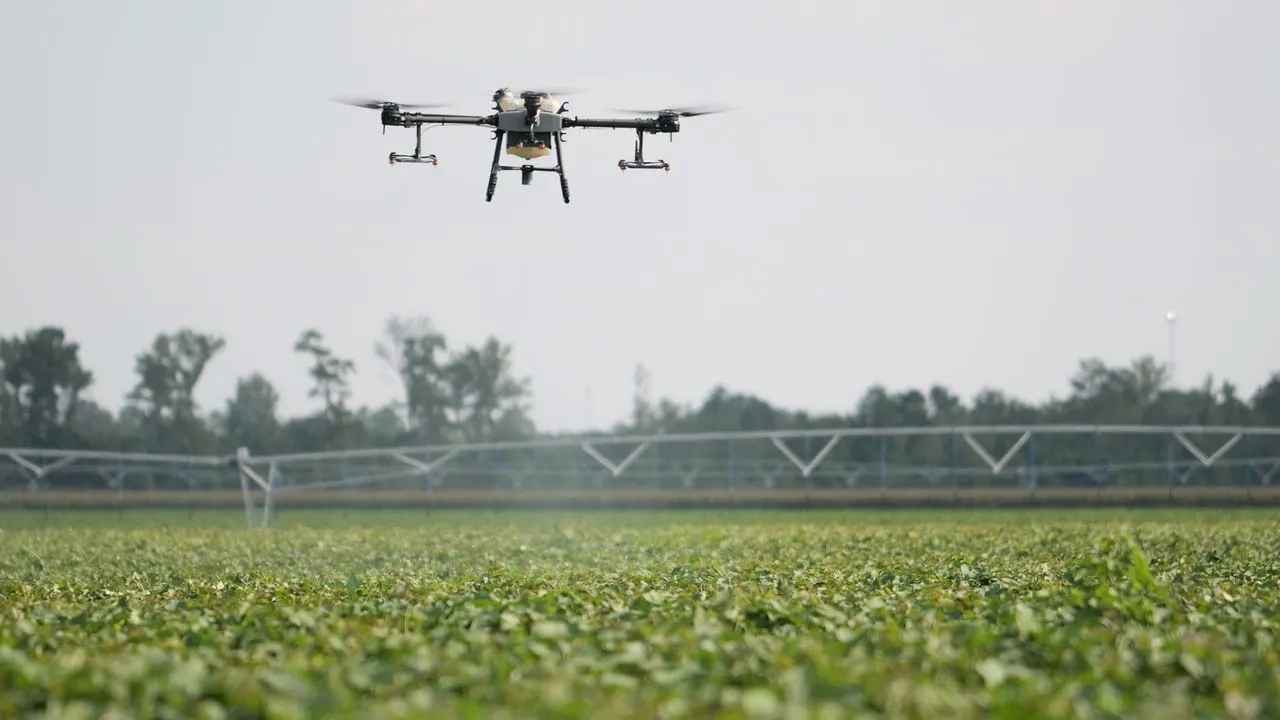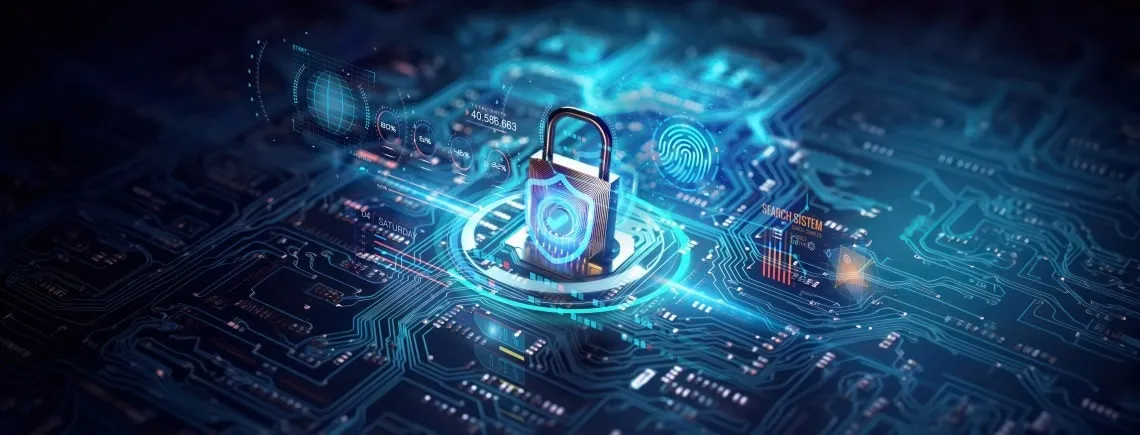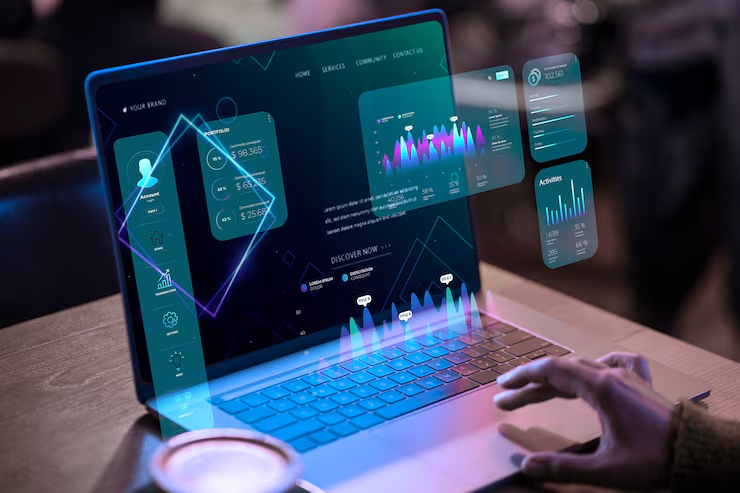Cyberattacks are one of the biggest risks that governments, corporations, and individuals face in today's linked world. These events, which have resulted in billions of dollars in losses and altered our perspective on cybersecurity, have damaged infrastructure and exposed private information. The most catastrophic cyberattacks in history are examined in this article along with their effects and most devastating cyber attacks.
Worst Cyber Attacks of All Time
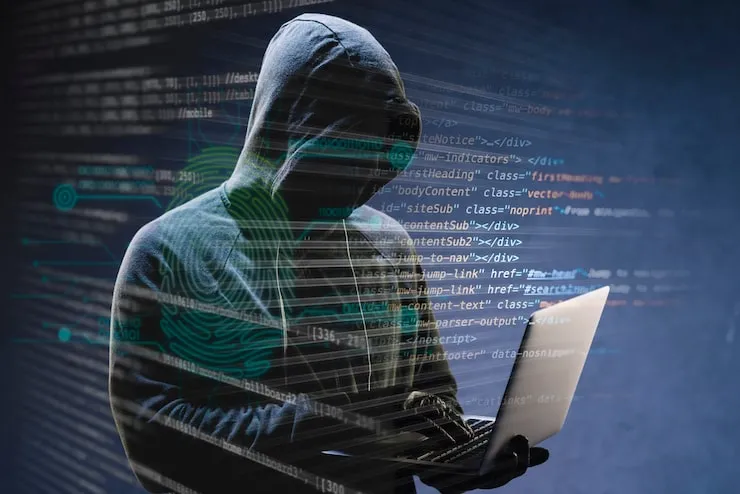
Let me tell you something interesting – cyber attacks aren't new, but they're getting more clever all the time. The bad guys are always finding new ways to trick people and systems. That's why it's super important to learn about them.
I've spent a lot of time researching these attacks to bring you the most accurate information. From tiny businesses to huge companies, nobody is completely safe from hackers. But knowledge is power, and knowing how these attacks happen can help protect you and your information.
Read Also: AI API Tools for Predictive Analytics
The Biggest Cyber Attacks in History That Shocked the World
The SolarWinds Hack: A Digital Spy Story
In 2020, something really sneaky happened. Hackers got into a company called SolarWinds and hid bad code in their software updates. When companies installed these updates, they unknowingly let the hackers into their systems too!
This was super serious because about 18,000 organizations used this software, including:
- US government agencies
- Big technology companies
- Major businesses
The hackers could spy on these organizations for months before anyone noticed! They stole emails, documents, and other secret information. Security experts called it one of the most sophisticated attacks they'd ever seen. What makes this attack so scary is how patient the hackers were. They watched and waited for the perfect moment to strike. It's like they were digital spies in a movie, except this was real life!
Colonial Pipeline: When Cyber Attacks Affect the Real World
In May 2021, a group of hackers attacked Colonial Pipeline, which carries fuel across the eastern United States. This wasn't just a computer problem – it caused real gas shortages! The hackers used something called "ransomware." They locked up the company's computer systems and demanded money to unlock them. Colonial Pipeline had to shut down their entire pipeline for almost a week.
This made gas prices go up, and some gas stations even ran out of fuel completely. What's really wild is that the company paid about $4.4 million to the hackers! They were so desperate to get their systems back that they felt they had no choice. This attack showed everyone that cyber attacks don't just affect computers – they can affect our everyday lives too. Imagine not being able to get gas for your car because of hackers!
Wanna Cry: The Attack That Made Everyone Cry
In 2017, a super nasty attack called Wanna Cry spread around the world in just a few days. It infected computers in over 150 countries! This ransomware locked people's files and demanded payment to unlock them.
What made Wanna Cry so awful was how fast it spread. It used a weakness in Windows computers to jump from one machine to another automatically. Some of the hardest-hit organizations were:
- Hospitals in the UK (National Health Service)
- Car factories
- Government agencies
- Universities
Many hospitals had to cancel appointments and surgeries because they couldn't access patient records. Can you imagine getting sick and not being able to see a doctor because of hackers? That's what happened! The scary part is that this attack could have been prevented if organizations had updated their computers. The fix was available, but many hadn't installed it yet.
How Real-life Examples of Cyber Attacks Happen: Breaking It Down?
Phishing: The Fake Email Trap
One of the most common ways hackers attack is through phishing. I bet you've seen some of these emails yourself! They pretend to be from someone you trust, like:
- Your bank
- A delivery company
- Your boss
- A social media site
These fake emails try to trick you into clicking links or sharing your password. They might say there's a problem with your account or that you won a prize. When you click the link, you go to a fake website that steals your information. In 2016, hackers used phishing to break into the email account of John Podesta, who was working on a presidential campaign.
They sent him an email that looked like it was from Google, saying someone tried to break into his account. When he clicked the "change password" button, he gave his real password to the hackers! This simple trick led to thousands of private emails being stolen and shared online. It shows that even smart, important people can fall for these scams.
Ransomware: The Digital Kidnapping
Ransomware attacks are like digital kidnappings. The hacker gets into your computer and uses special software to lock all your files. Then they demand money (usually Bitcoin) to unlock them. The city of Baltimore was hit with a bad ransomware attack in 2019. Hackers locked up many of the city's computers and demanded about $76,000 to unlock them. The city refused to pay, but it cost them over $18 million to fix everything!
During this attack:
- Water bills couldn't be processed
- Home sales were delayed
- Email systems were down
- Many city services had to be done on paper
The attack lasted over a month and affected thousands of city workers and residents. All because of some bad software that got into their computers!
DDoS Attacks: The Internet Traffic Jam
A Distributed Denial of Service (DDoS) attack is like causing a huge traffic jam on purpose. Hackers use thousands or even millions of computers to all visit a website at the same time, making it crash. In 2016, a massive DDoS attack hit a company called Dyn, which helps control internet traffic. This caused many popular websites to go down, including:
- Netflix
- Spotify
- CNN
What made this attack extra interesting is that the hackers used everyday devices connected to the internet, like:
- Security cameras
- Digital video recorders
- Baby monitors
- Smart appliances
These devices had been infected with malware that turned them into a robot army for the hackers. Most owners had no idea their gadgets were being used in a cyber attack!
You May Also Like: How AI and Machine Learning Are Helping Bihar Find Hidden Minerals
Real-life Examples of Cyber Attacks on Regular People
Identity Theft: When Someone Pretends to Be You
Cyber attacks don't just target big companies – they affect regular people too. Identity theft happens when hackers steal your personal information and pretend to be you. A few years ago, my friend Sarah had her identity stolen after a data breach at a store where she shopped. The hackers got her credit card number and address. Before she knew what was happening, they had:
- Opened new credit cards in her name
- Charged thousands of dollars
- Even tried to get a loan using her information
It took Sarah months to fix her credit and close all the fake accounts. She had to make dozens of phone calls and fill out piles of paperwork. The stress was terrible – she told me she felt violated, like someone had broken into her home. This happens to millions of people every year. In fact, in 2022, there were over 1.1 million reports of identity theft in the US alone!
Romance Scams: When Love is a Lie
One of the saddest cyber attacks I've learned about is romance scams. These happen when hackers pretend to be potential romantic partners online. They spend weeks or months building trust and "falling in love" with their victims. Once they've gained trust, they start asking for money. They might claim they need help with biggest hacks in history:
- A medical emergency
- Travel costs to visit you
- Customs fees for a package
- Investment in a business opportunity
In 2022, Americans lost over $1 billion to romance scams! These attacks are especially cruel because they play with people's feelings and hopes for love. I read about a woman who lost her life savings – over $300,000 – to someone she thought was a US Army doctor serving overseas. They talked online for two years before she realized it was all fake. By then, her money was gone, sent through untraceable wire transfers.
Tech Support Scams: "Hello, I'm Calling About Your Computer"
Have you ever gotten a call from someone claiming to be from Microsoft or Apple? They say there's a problem with your computer and they need to fix it right away. This is a tech support scam!
These scammers try to:
- Get remote access to your computer
- Install malware or spyware
- Steal your passwords and personal information
- Charge you hundreds of dollars for "repairs" you don't need
My uncle almost fell for this scam last year. Someone called saying they were from Microsoft and that his computer was sending out virus signals. They sounded very professional and knew just enough technical terms to sound real. Luckily, he got suspicious when they asked for his credit card to pay for "security software." He hung up and called me instead. I told him Microsoft never makes unsolicited calls like that!
How Real-life Examples of Cyber Attacks in 2025 Are Different?
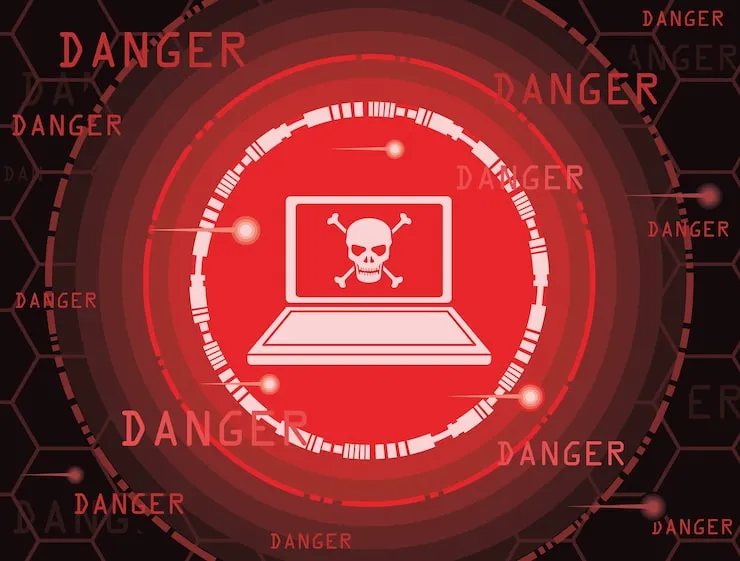
AI-Powered Attacks: Smarter Than Ever
The cyber attacks happening in 2025 are scarier than ever because they're using artificial intelligence. These new AI tools help hackers:
- Write very convincing phishing emails with almost no spelling mistakes
- Create deep fake videos and voice recordings that look and sound real
- Find weaknesses in security systems much faster
- Launch attacks that learn and adapt as they go
Earlier this year, some employees at a financial company got voice messages that sounded exactly like their CEO. The messages asked them to wire money for an "urgent deal." The voice was created by AI using clips from the CEO's public speeches and interviews.
Thankfully, the company had good security training, and the employees double-checked before sending any money. This shows how important it is to always verify requests, even when they seem to come from someone you know and trust!
Supply Chain Attacks: Hitting Where It Hurts
Another big trend in 2023 is supply chain attacks. Instead of attacking a company directly, hackers target their suppliers or software providers.
This is super clever because:
- One successful attack can affect thousands of organizations
- Companies often trust their suppliers without checking them carefully
- These attacks can go undetected for months or even years
The Kaseya attack in 2021 was a perfect example. Hackers broke into Kaseya, a company that provides IT management software. Through this one company, they infected about 1,500 businesses with ransomware! Many were small businesses that didn't have the resources to fight back or pay the ransom. These supply chain attacks show that you're only as secure as your weakest link. Companies now have to worry not just about their own security but about everyone they work with too!
How to Stay Safe from Real-life Examples of Cyber Attacks?
Simple Steps That Make a Big Difference
After learning about all these scary attacks, you might feel worried! But don't panic – there are simple things you can do to protect yourself:
- Use strong, unique passwords for every account. A password manager can help with this!
- Turn on two-factor authentication whenever possible. This means you need both your password and a code from your phone to log in.
- Update your devices and software as soon as updates are available. Many attacks use old security holes that have already been fixed.
- Be suspicious of unexpected emails and messages, especially those asking you to click links or download files.
- Back up your important files regularly to an external drive or cloud service. If you get hit with ransomware, you won't lose everything.
- Check your credit report and bank statements regularly for any strange activity.
- Think before you share personal information online or with someone you don't know well.
These simple steps can stop most common cyber attacks! You don't need to be a computer expert to stay safe online.
Teaching Kids About Cyber Safety
If you have children, it's super important to teach them about staying safe online too. Kids are often targets for cyber attacks because they trust easily and might not recognize the warning signs.
Some tips for helping kids stay safe:
- Talk openly about online dangers in age-appropriate ways
- Set clear rules about what information they can share online
- Make sure they know to ask an adult before downloading anything
- Teach them to be suspicious of "too good to be true" offers
- Help them understand that people online aren't always who they claim to be
My niece learned this lesson when someone in a game tried to get her to share her parents' credit card information for "free game passes." Instead of sharing, she told her mom right away. I was so proud when I heard that story!
The Future of Cyber Attacks: What's Coming Next
The Growing Threat of Cyber Warfare
One of the scariest things about cyber attacks is that they're becoming weapons used by countries against each other. This is called cyber warfare, and it's a big deal!
Countries are building teams of hackers who can:
- Shut down power grids
- Disrupt water treatment facilities
- Interfere with elections
- Steal military secrets
- Create chaos in enemy countries
The attack on Ukraine's power grid in 2015 was one of the first major examples of cyber warfare. Hackers (believed to be working for Russia) shut down electricity for about 230,000 people in the middle of winter! They took control of the computers that managed the power distribution system and manually turned off the power. This kind of attack could happen anywhere, and it shows how cyber attacks can affect our physical world in dangerous ways.
The Internet of Things: More Devices, More Dangers
As we connect more things to the internet – like fridges, thermostats, and even medical devices – we create more opportunities for hackers. Each connected device is a potential way into your home or business network. In 2017, researchers found they could hack into a brand of internet-connected pacemakers!
They could potentially control the devices and cause harm to patients. The manufacturer had to release a security update to fix the problem. This is a powerful reminder that cyber security isn't just about protecting your data – sometimes it's about protecting lives.
Conclusion
After looking at all these examples, one thing is clear: cyber attacks aren't just something that happens in movies or to "other people." They're real, and they happen every day to people and organizations of all sizes. The good news is that most attacks can be prevented by following basic security practices. By staying informed and careful, you can protect yourself from most cyber threats. I hope these real-life examples of cyber attacks have helped you understand the importance of cyber security. It's not about being paranoid – it's about being prepared!



